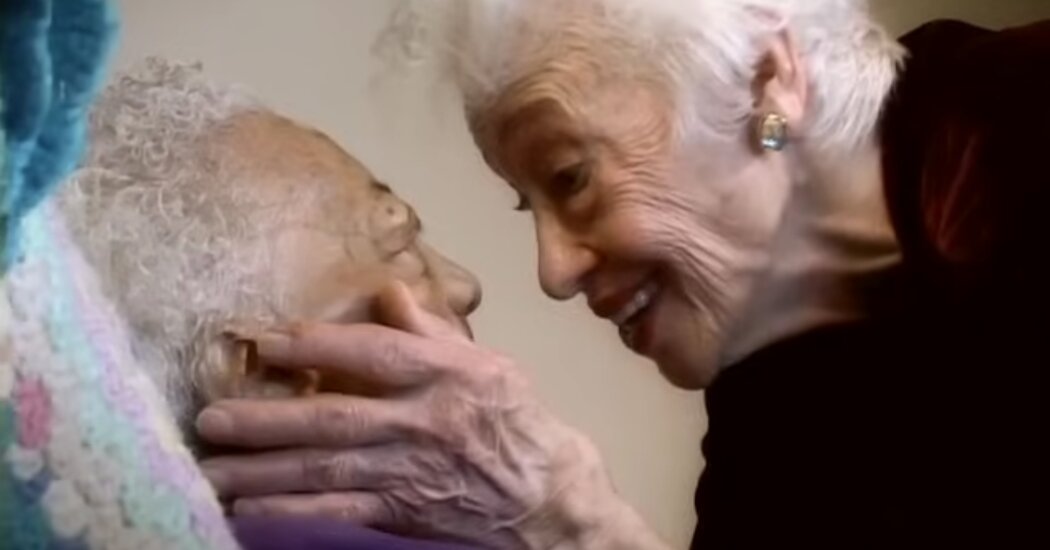Other papers that Dr. David found to contain irregularities were based on data generated in labs other than those of the Dana-Farber scientists, Dr. Rollins said. He said the institute had started reviewing possible data errors in some of the cases flagged by Dr. David even before he published a blog post about them on Jan. 2, or the Harvard Crimson followed with a story several days later. He also said a review of three of the manuscripts highlighted by Dr. David did not support allegations of data irregularities.
“The presence of image discrepancies in a paper is not evidence of an author’s intent to deceive,” he added. “That conclusion can only be drawn after a careful, fact-based examination, which is an integral part of our response.”
Dr. David, who earned a doctorate in cellular and molecular biology from Newcastle University in Britain, said he routinely pored over scientific papers on his own time. Despite having only a single, low-dollar supporter on the online platform Patreon — representing the only income he earns for his work — he estimated that he had left about 2,000 comments on PubPeer, a website where scientists provide public feedback on studies.
While he often digs around in low-quality research from China, Dr. David said, recently he had been looking into researchers who collaborated with American-based scientists whose studies he had previously found faulty. After stumbling on irregularities in work by some Dana-Farber scientists, he visited the institute’s website, started scrolling down its leadership page and then dove into those researchers’ papers.
He identified some problems with the help of AI software before checking them himself. Others he found on his own. Other PubPeer users had first flagged some of the issues years earlier.
“You’ve got a cluster of people at one institution with image problems,” Dr. David said. “How many mistakes are we happy with people making and just kind of saying, ‘That’s an innocent error’?”
Among the most common irregularities he found were results from a western blot, a method used to detect proteins, that were copied and pasted across different experiments, mistakenly suggesting that a given protein had been identified. In other cases, he said, the images appeared copied and rotated or stretched in a way that suggested deliberate manipulation.
In one study, he found that an image of mice from day one of an experiment seemed to reappear in the results on day 16, in a different part of the experiment.
“I’m concerned about the whole process, rather than specifically this blot or that blot,” Dr. David said. “Clearly something has gone awry along the way.”
The findings also highlighted the conflicts of interest that can complicate internal reviews of data irregularities. Dr. Rollins, Dana-Farber’s research integrity officer, is himself an author on a few of the papers flagged by Dr. David. The institute said he would be recused from any investigation touching on his research.
In the case of Dr. Glimcher, the institute’s chief executive, a committee of trustees will make a final determination about any findings.







